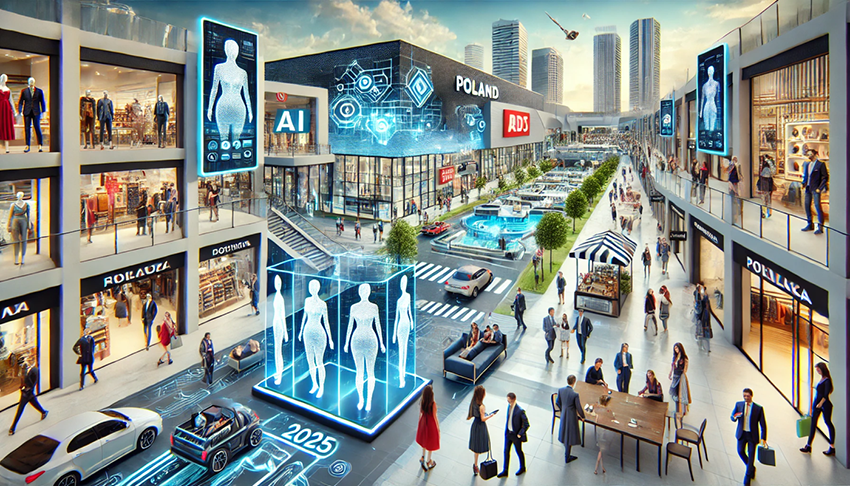Poland’s retail market holds steady in Q2 2025 with strong retail park growth
Poland’s retail sector maintained steady growth in the second quarter of 2025, with over 94,000 sqm of modern retail space delivered. More than 60% of this was in the retail park segment, which continues to expand most rapidly in smaller cities where lower saturation levels support further development.
Major openings included Designer Outlet Kraków (19,000 sqm), the S1 retail park in Gliwice (15,000 sqm), and M Park Szubin (7,900 sqm). At the end of June, nearly 390,000 sqm of retail space was under construction or redevelopment, almost 80% of it in retail parks. Key projects include Przystanek Karkonosze in Karpacz, S1 Włocławek, and the Nowe Glinki complex in Bydgoszcz, with OTO Park Siemianowice Śląskie (18,000 sqm) as the largest scheme underway, due in mid-2026.
Poland’s total retail stock reached 16.6 million sqm, led by Warsaw with 2.27 million sqm. Retail saturation levels vary, with Wrocław, Poznań, and Tricity at the top, while Łódź and the Katowice Agglomeration show relatively low saturation for their population sizes.
The average vacancy rate across the largest agglomerations was 3.3%, little changed from last year. Warsaw’s vacancy fell to 3%, with Tricity and Łódź also seeing declines, while Wrocław and Kraków recorded increases. Prime rents in Warsaw’s top-tier shopping centres reached EUR 130–160 per sqm per month, compared to EUR 40–60 in other major cities. Retail park rents averaged EUR 9–12 per sqm per month.
E-commerce accounted for 8.8% of total retail sales in May, up from 8.5% a year earlier, supported by AI-driven improvements in personalization, customer service, and operations. Shopping centre activity rebounded after a weak start to the year, with April footfall up 1.9% and tenant turnover rising 5.6% year-on-year.
The first half of 2025 saw several new international brands enter the market, including GAP, Bottlery, Omichise, and Markovo Port. While retail parks dominate new supply, shopping centres and mixed-use schemes remain key in attracting foreign retailers.
Although the total development pipeline fell nearly 15% year-on-year, strong retail park growth, healthy brand activity, and rising consumer traffic indicate the market remains stable. Developers and investors are adjusting strategies to focus on local community needs and medium-sized cities, suggesting resilience and continued potential for growth in the second half of 2025.
Source: BNP Paribas Real Estate Poland









